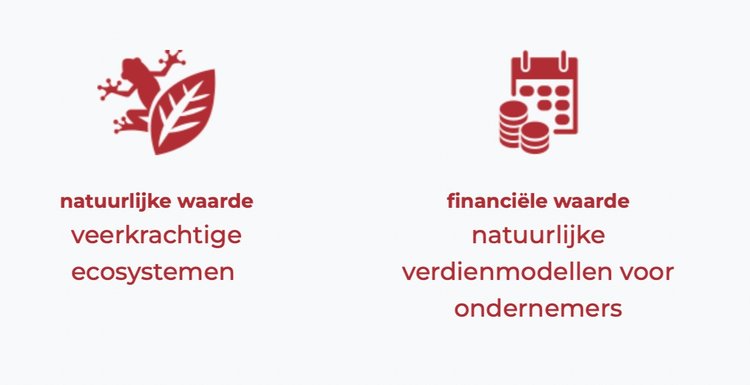About
The Harvest of tommorrow
The harvest of tomorrow is a leadership program. But what is leadership?

Leadership
Perhaps when you think of leadership you think of a strong leader, someone who provides order and control. A person who makes well-reasoned and informed decisions. The question is whether such a leader still fits today’s challenges.
We live in a time where institutions fail on a massive scale, where we collectively create outcomes that no one wants. Climate change. AIDS. Hunger. Poverty. Violence. Terrorism. The foundations of our social, economic, environmental and spiritual well-being are in jeopardy. How can that be? The answer is surprisingly simple: form follows consciousness. Or as Bill O’Brian, the now deceased CEO of Hanover insurance, said, “The success of an intervention depends on the inner state of the one doing it.
“We know a lot about what leaders do and how they do it. But we know very little about the inner place, the source from which they operate.”
– Otto Scharmer, Presencing Institute
Why do our attempts to meet the challenges of our time so often fail? The complexity of systems and the polarization that seems to be growing stronger demands a different type of leader. Leadership based on mutual trust, collaboration and a deeper connection with each other. The complexity of challenges means we need each other’s information, wisdom and input.
To make this shift, we will need to take several steps. It begins with 1) listening to others and discovering where the common intention lies, 2) slowing down and observing within ourselves what the system demands, 3) connecting with what we experience and allowing this “new knowing” to grow within ourselves, and 4) experimenting with it together. This is how we can ultimately 5) act in a socially meaningful way.
4 returns
To make the opportunities and challenges concrete at the landscape level, we use the so-called “4 Returns” as a starting point.
The Commonland philosophy focuses on delivering 4 values (4 returns) over a 20-year time horizon, dividing the landscape into 3 different zones.
4 values
Maximizing financial returns per acre leads to land degradation. Therefore, in the Commonland philosophy, we should strive to maximize 4 different values (returns), rather than just financial. These four are: social value, natural value, financial value and inspiration.
3 zones
Here we distinguish 3 zones in the landscape: a natural zone (existing and to-be-developed natural areas, e.g. the Nature Network Netherlands); a combined zone of sustainable agriculture and restoration of ecological functions; and an economic zone (e.g. the city) where there is a market and where sustainable businesses are located. Together, these 3 zones provide a balanced and varied landscape and system.
20 years
It takes at least 20 years (a generation) to restore ecological functions in a landscape and to transform businesses into regenerative ones. Thus, long-term commitment is essential.

Theory U
The program was developed based on Theory U. This is a model that helps provide guidance for solving complex issues by breaking free of traditional thinking patterns.
Theory U is a method for enabling social change and has been under development at The Presencing Institute at Massachusetts Institute of Technology in the US since 2006.

A quick known solution or looking for a very unexpected new solution?
By slowing down to understand root causes and getting in touch with where our own role lies in the transition, we can look for unexpected new solutions. We do this by going on learning journeys together, doing workshops and exercises and talking to many different stakeholders.
Then, with the insights gained, we can proceed step by step to action. Together, we then come up with realistic ideas and solutions, which we test and develop in our own context.


